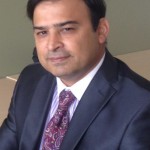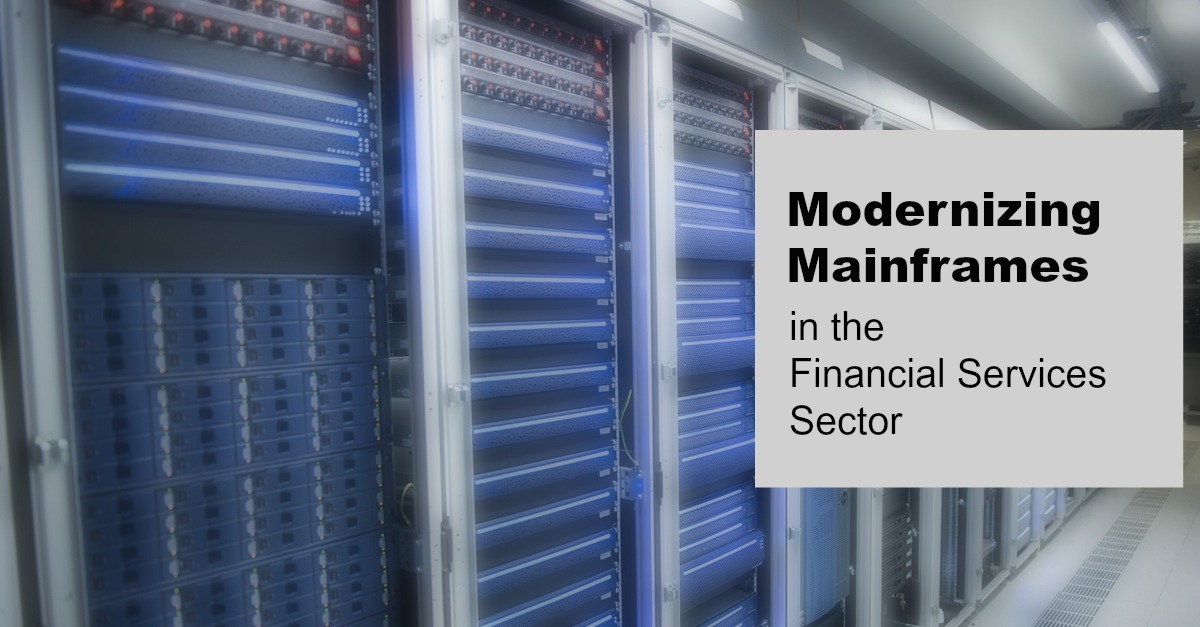By Satya Sarangi, President and CEO of TmaxSoft Canada
Over the last 25 years, mainframes have been a good investment in terms of reliability, performance, and security. However for insurance, financial services, and other data-intensive industries that rely on mainframe applications and data, mainframes are quickly becoming antiquated, expensive, and almost impossible to maintain.
The modernization of mainframe applications is now a business imperative, especially in the financial services sector where customers are increasingly looking for ways to do everything from home, using their personal computers or mobile devices. According to many industry thought leaders, including RBC’s CEO David McKay, industries that were once based on human interaction are quickly being forced to adapt.
The main drivers for mainframe modernization
COBOL and Other Mainframe Applications
Today’s mainframes are running on COBOL, PL/1, or other languages difficult to support, which cannot be expanded or quickly adapted to respond to new market demands. Additionally, maintenance can be an issue as many users may employ mainframe software and tools whose vendors have retired, gone out of business or no longer exist. Finally, mainframes are expensive, requiring an unreasonable amount of space, power and cooling costs that ultimately eat into the bottom line.
Big Data and Analytics
Big Data and analytics are driving innovation and competitive differentiation for organizations across the financial services industry; however, the value of analytics has not been fully realized due to mainframe restrictions. Organizations will have to make their mainframe data compatible with analytics in order to develop innovative new products and services, take advantage of new market opportunities, and make themselves stand out from the competition.
Cloud
Many companies move to cloud for increased capacity and higher ROI from their commodity x86 systems. These advantages are significant reasons for modernizing mainframe applications as well, by separating database and application tiers and employing modern SQL-based databases. The result is a legacy application that incorporates the best of both worlds: business-defining intellectual property with rock-solid business logic. Processes that have been refined over many years are reinvigorated with new agile capabilities including better scaling, higher reliability, and improved integration with big data analytics, delivered neatly on a platform that is less expensive to acquire and to maintain.
Mobile Apps
Customers have come to expect that their financial services institution will offer them a seamless effortless mobile experience. The issue is that many mainframe apps do not interface with mobile apps. Because of this, organizations will be pressed to modernize mainframe data so it can be used with efficient, cost-effective x86 hardware, and multi-tier cloud architectures that serve up valuable mobile apps and data.
Modernizing is challenging, but Mainframe Rehosting is a good first step in that direction
Decommissioning mainframes requires planning and the implementation of formalized processes. A great first step is rehosting the mainframe on a less expensive and open Linux or Unix x86 architecture. This is a great option for modernizing mainframe data without a complete code rewrite. Automated modernization and rehosting solutions can bring pre-SQL, single-tier mainframe applications to SQL database in a multi-tier, x86 cloud environment — without any change to applications.
To learn more about TmaxSoft’s OpenFrame Mainframe Modernization Solution, please visit www.tmaxsoft.com
 About The Author: Satya is based in Toronto and is the CEO and President of TmaxSoft Canada Inc. since 2015. Before joining TmaxSoft Canada Inc, Satya held leadership positions at IBM, INTEL and ORACLE with over 20 plus years’ experience in the software and high tech industry.
Satya has an outstanding record of accomplishments and has repeatedly produced sustained revenue and EBITDA growth in very dynamic and changing markets. His background at IBM, Intel and Oracle has resulted in a strong foundation of integrity, strategic thinking and a structured approach to meeting customers’ complex business problems.
Satya has an Executive MBA from the Kellogg School of Business, North Western University. He is an avid golfer, philanthropist and mentors many younger employees.
About The Author: Satya is based in Toronto and is the CEO and President of TmaxSoft Canada Inc. since 2015. Before joining TmaxSoft Canada Inc, Satya held leadership positions at IBM, INTEL and ORACLE with over 20 plus years’ experience in the software and high tech industry.
Satya has an outstanding record of accomplishments and has repeatedly produced sustained revenue and EBITDA growth in very dynamic and changing markets. His background at IBM, Intel and Oracle has resulted in a strong foundation of integrity, strategic thinking and a structured approach to meeting customers’ complex business problems.
Satya has an Executive MBA from the Kellogg School of Business, North Western University. He is an avid golfer, philanthropist and mentors many younger employees.
